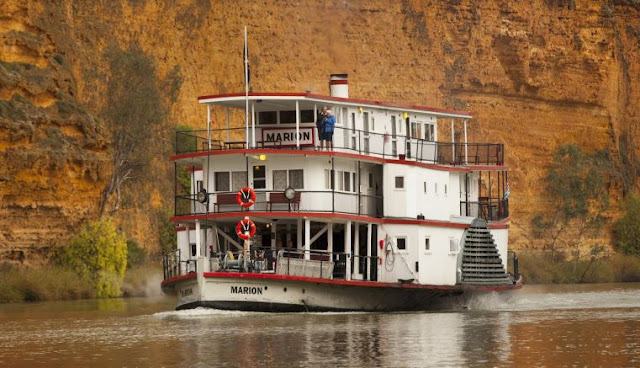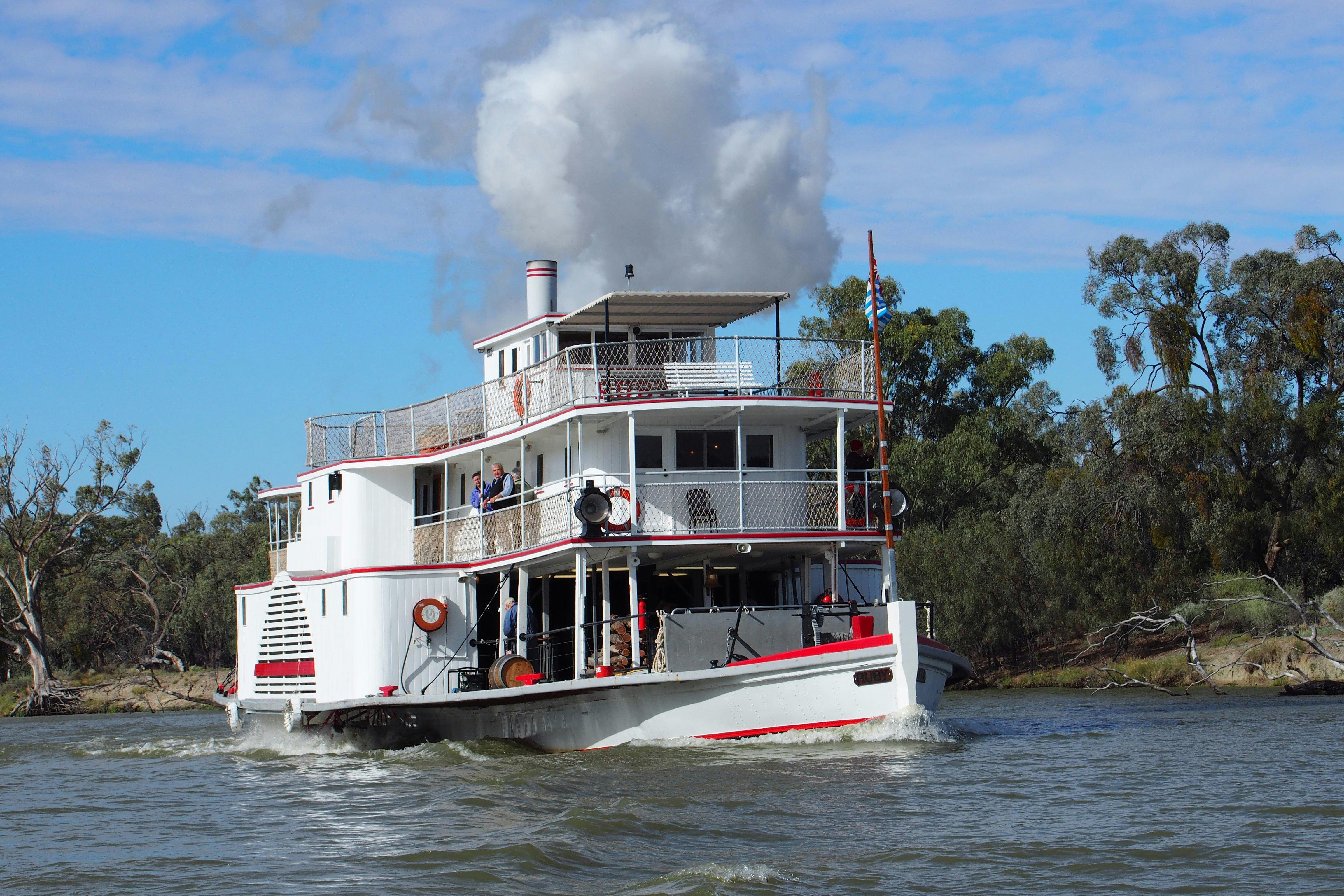An Australian-based luxury tour company has grabbed pole position in Monaco – a sold-out crowd for its most popular event, a visit to this weekend's iconic Formula One race.
Clients of Ultimate Driving Tours were able to choose to enjoy their F1 Grand Prix spectator duties as a stand-alone experience (May 23-26), or combine their stay in the beautiful principality with a four-day European Supercar Tour through France, Switzerland and Italy, before or after the event.
Ultimate Driving Tours first offered a driving tour including the Monaco F1 event back in 2012. This year, a total of 48 drivers have booked out the two tours, with another 50 people opting to join them just for the race weekend. All will enjoy the race from a privately chartered superyacht moored in a prime location in Port Hercules, beside the track.
This is a capacity crowd for this tour combination, one of the most popular of Ultimate Driving Tours' range of more than 10 tours, which take clients to destinations in Australia, Europe, America and the UK. All tours allow clients to drive a selection of the world's best cars.
For this month's tours, participants have also chosen from a list of popular optional extras – adding on an evening with Australian F1 star Mark Webber and/or driving a real F1 car on a closed circuit.
"We were sold out for the Grand Prix six months ago," says Ultimate Driving Tours CEO, Anthony Moss. "It's so popular that next year's Grand Prix is filling fast, with only limited spots available, while on current indications, the related driving tours either side of the 2020 Monaco Grand Prix will be sold out next month."
Mr Moss says many of his clients describe visiting the Monaco Grand Prix as a 'bucket list' item. Adding a driving tour either side is the cream on top.
"They say they are surprised by what incredible value they get for the price. Four days driving the world's best cars on the world's best driving roads and staying in amazing hotels paired with excellent food and wine.
"People want to reward themselves for their efforts in their life. We see parents that have children who have graduated or moved out of home, businessmen and women who have sold companies and others who just have a passion for cars."
Clients can certainly indulge that passion to excess with Ultimate Driving Tours. Thanks to the company's special partner arrangements, they can get behind the wheel of vehicles such as Ferraris (458 Spider and 488 GTB) and Lamborghinis (Huracan and Aventador), as well as the Porsche 911 GT3 and GTS, the Aston Martin DB11 and the McLaren 720S.
Until this year, the iconic Monaco Grand Prix was the only F1 event on Ultimate Driving Tours' calendar, but the company is now offering a package to the Italian Grand Prix(September 6-8), which is already nearly 80 per cent sold out.
Clients wanting to book a driving package with Ultimate Driving Tours can combine it with any other plans in Europe. The tours are created as exclusive end-to-end luxury travel experiences with every detail arranged by the company's team of European specialists who can recommend many other things to do and see, and do the bookings too.
Ultimate Driving Tours was born from a passion for all things motor-related, and an appreciation for the finer things in life. The company specialises in exclusive and unforgettable supercar driving tours, motorsport packages and track events, as part of a luxury travel experience.
More information is available on the website: www.ultimatedrivingtours.com





















